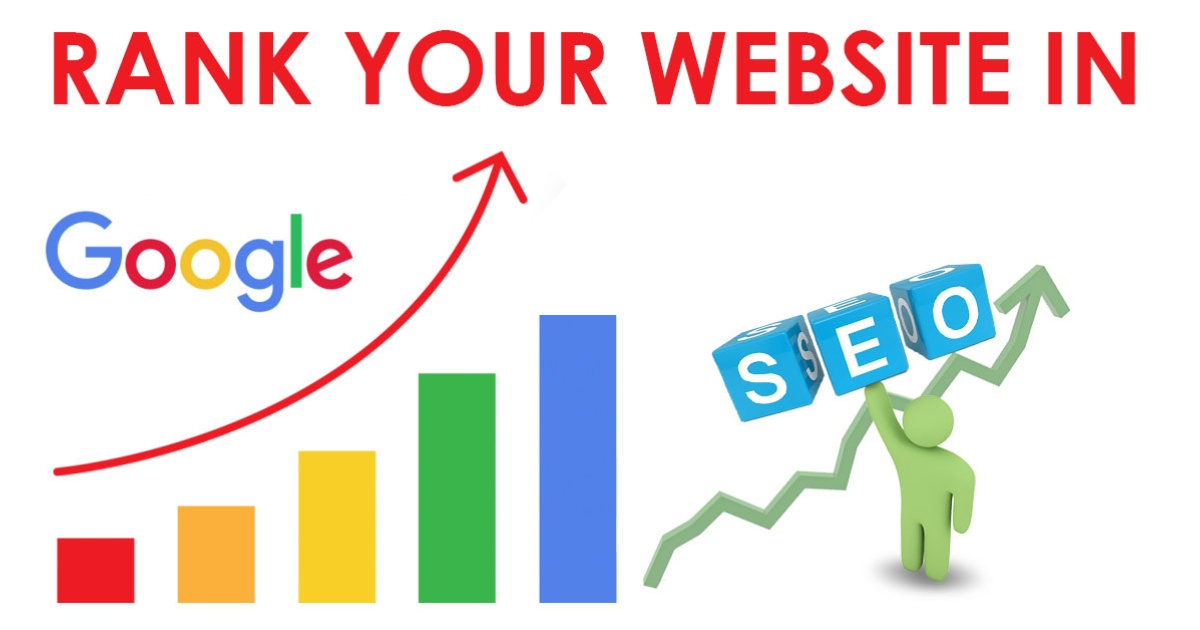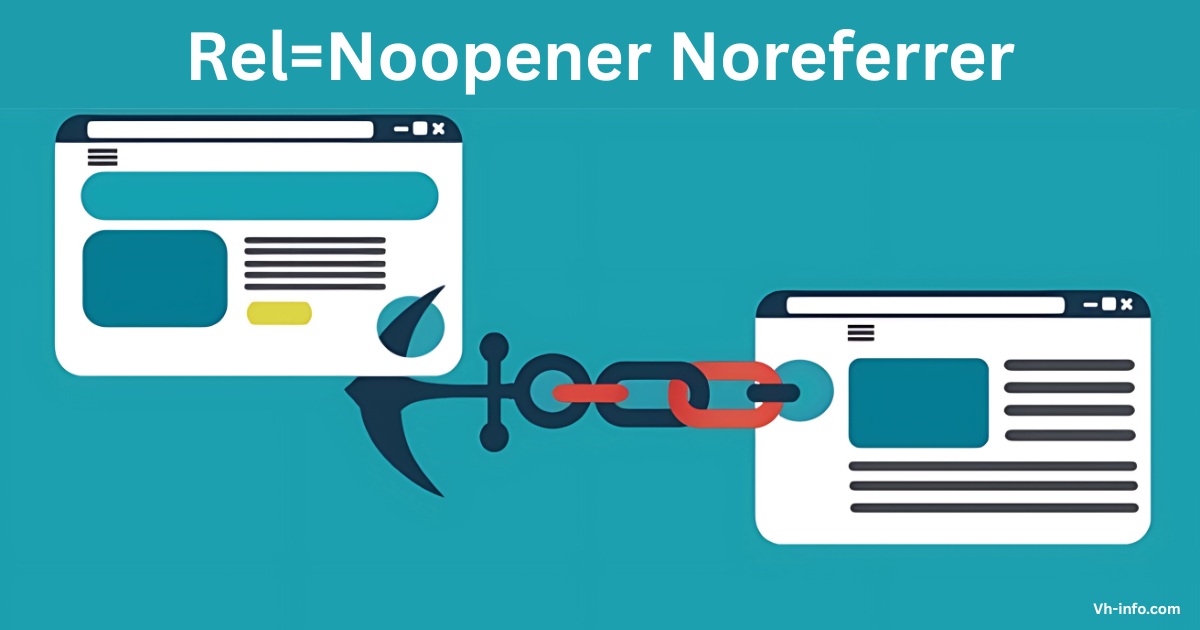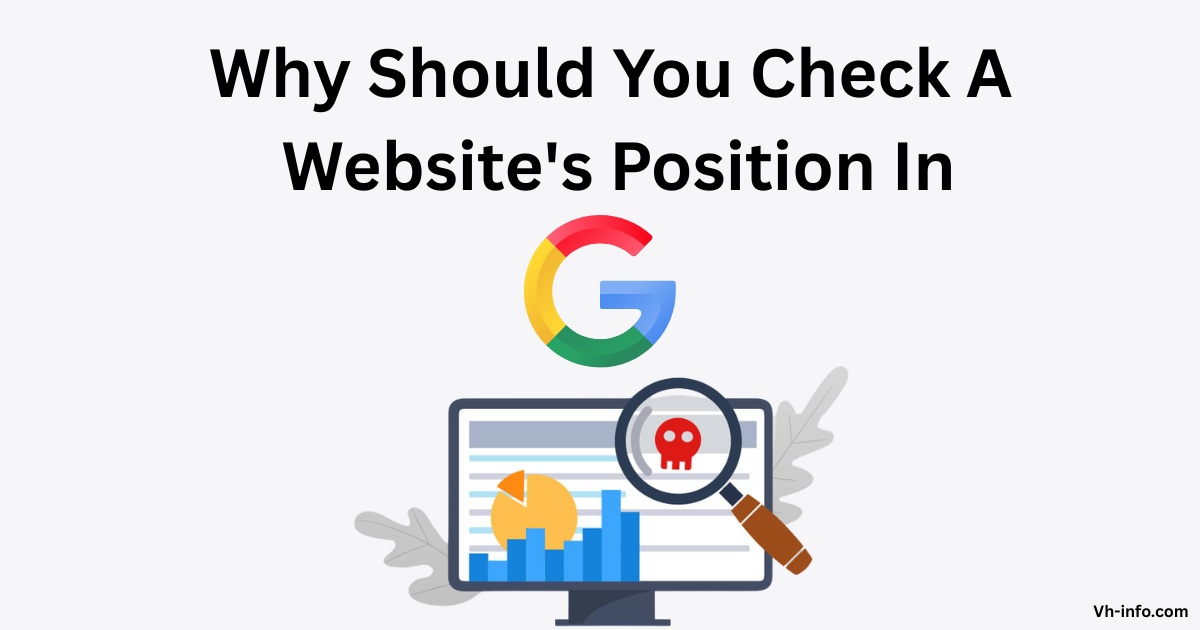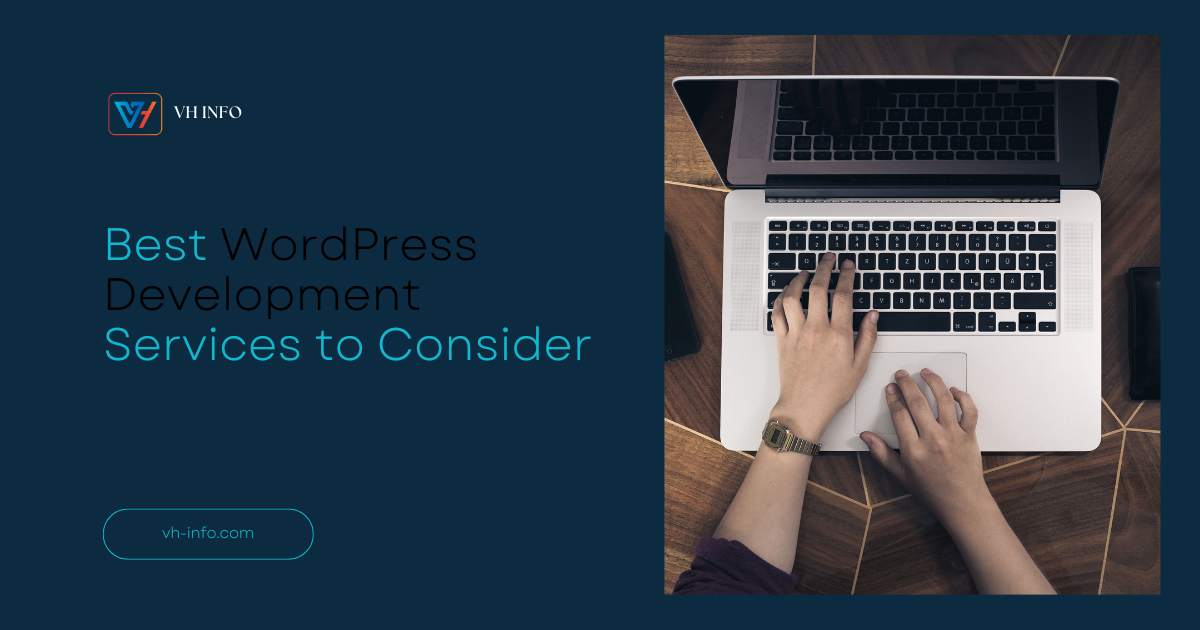
Where Does My Website Rank On Google: Complete Checking Guide 2025
Your website’s ranking position in Google search results plays an important role in determining its success. For SaaS businesses, appearing

Where Does My Website Rank On Google: Complete Checking Guide 2025
Your website’s ranking position in Google search results plays an important role in determining its success. For SaaS businesses, appearing

DA/PA Checker Tools: Check Website’s SEO Authority Of Any Domain
When it comes to a successful SEO strategy, measuring and understanding your website’s authority is important. Domain Authority (DA) and

Rel=Noopener Noreferrer: What It Means For Your Website Security?
Rel=”noopener noreferrer” is a key HTML attribute that plays an important role in website security and performance. It’s often added

Artificial Intelligence in Software Development: Present Utility and Future Implications
In the last few years artificial intelligence has rapidly changed the landscape of software development, how developers think, design and

Best Ecommerce Platform For SEO (That Will Help You Rank Faster)
Selecting the best ecommerce platform for SEO is the first step toward building a successful online store. Your choice of

Forbes Contributor: Meaning, Benefits, Steps & How To Write For Forbes?
VH Info knows that establishing yourself as an expert in the SaaS industry is a surefire way to build brand

Niche Edits: What Are They, Benefits, Types, Tips & How To Build
In the ever-evolving landscape of digital marketing, link building remains a cornerstone of effective SEO strategies. For SaaS companies, enhancing

Check Page Position In Google: 7 Working Techniques & Handy Tools
Have you ever wondered where your favorite website shows up when you search for it on Google? Knowing your website

Best WordPress Development Services to Consider
WordPress continues to dominate the web – it powers around 43% of all websites, making it the most popular platform

How To Rank In A Competitive Niche: Top Hacks & Tips To Dominate
In the ever-evolving world of search engine optimization (SEO), achieving high search engine rankings and driving website traffic in a
WHAT WE
3rd floor, VHinfo, QRXG+CG9 Capital Market, Canal Rd, chokdi, Ravapar, Morbi, Gujarat 363641
VH-info © 2025 | All Rights Reserved